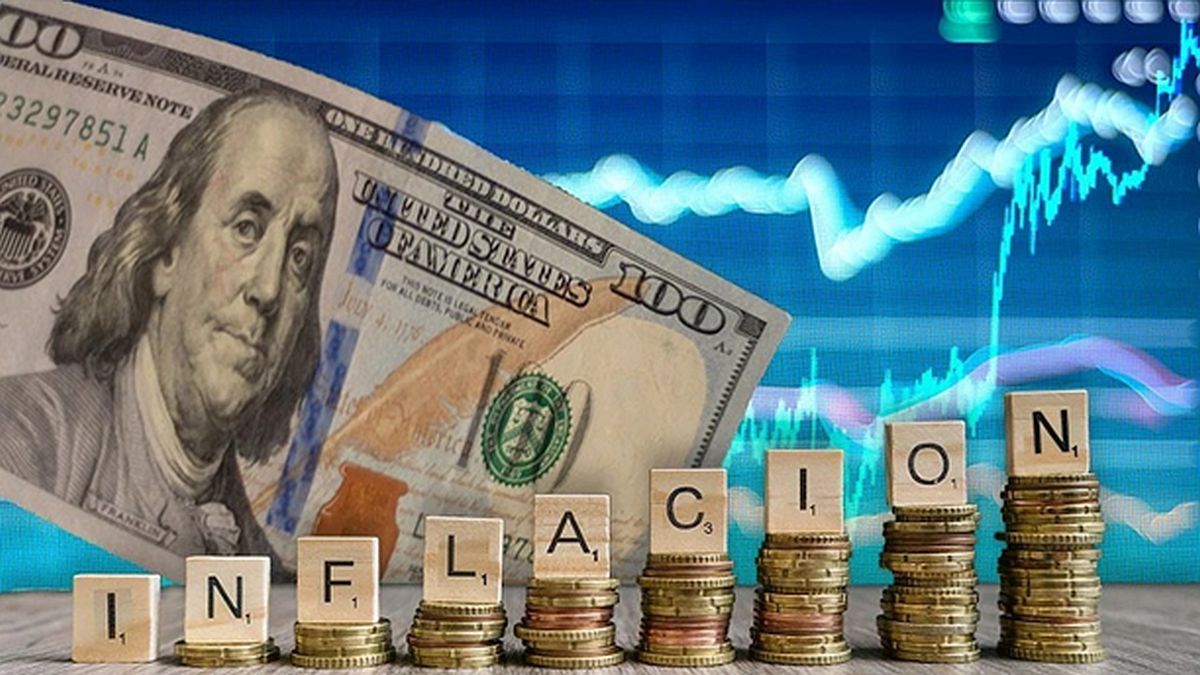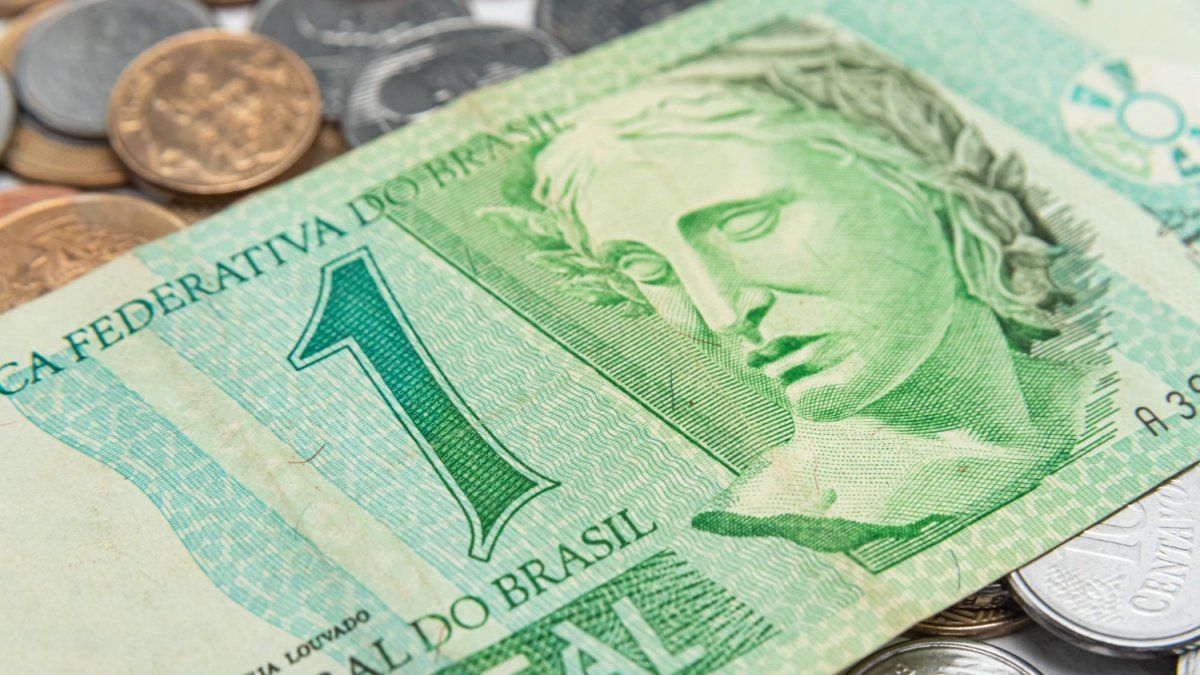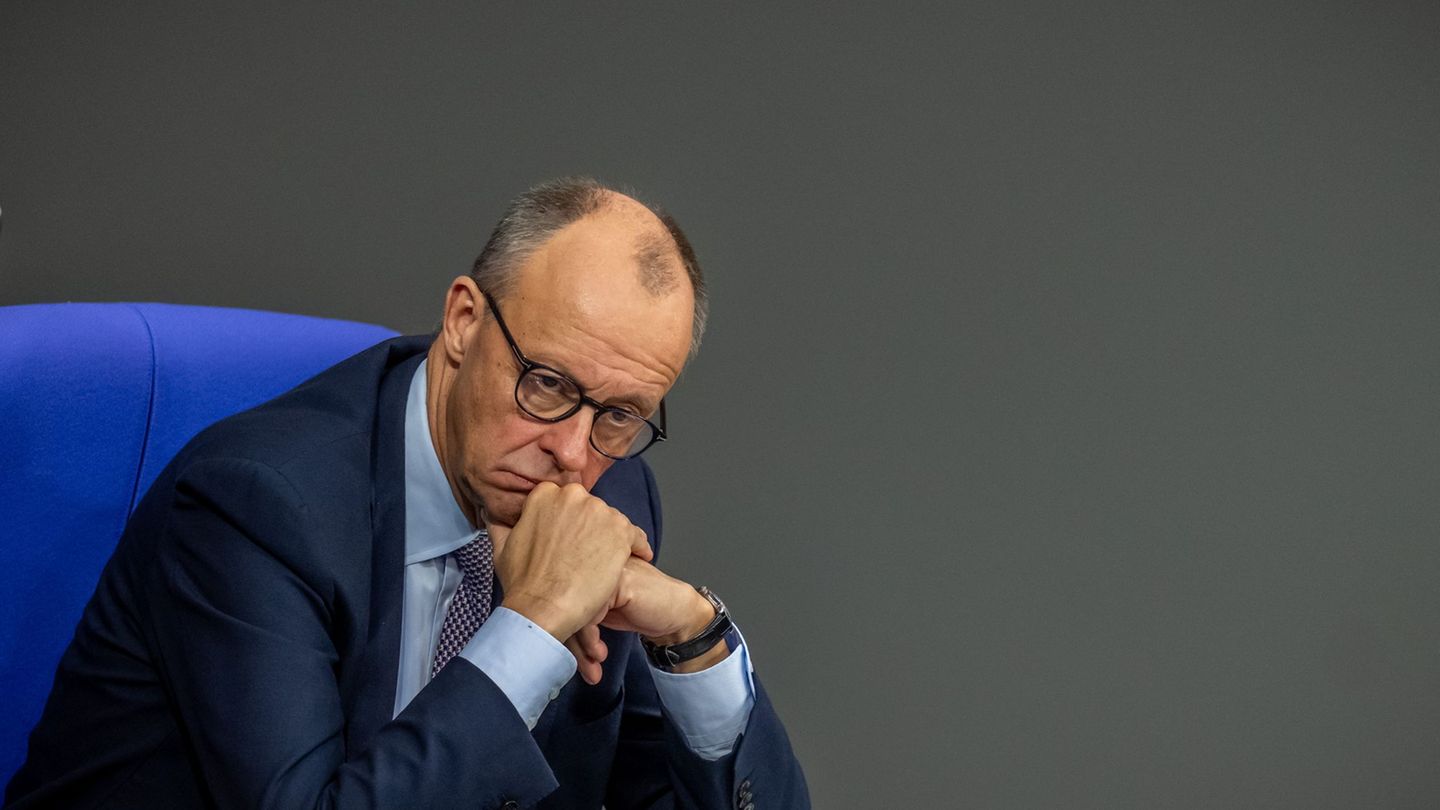The official statements and the direction of the measures implemented by the Ministry of Economy seem to make it clear that slowing inflation is the primary objective of economic policy. In this scenario, the market no longer only rules out a greater pace of adjustment of the official dollar to correct the exchange rate appreciation, but also Now many analysts even predict a reduction in the “crawling peg” to lower the floor of price increases.. The impact on reserves emerges as one of the main risks of this strategy.
Ricardo Arriazuco-founder of Arriazu Macroanalistas and close to the Government’s ideology, explained last week that the economic team led by Luis Caputo chose two anchors to contain inflation: the fiscal and the exchange rate. In this framework, a scenario of greater devaluation is not foreseen since this could put the inflationary deceleration process at risk. On the contrary, It is expected that the monthly adjustment of the exchange rate will close next year at around 1%.
Along the same lines, the director of the consulting firm EcoGo, Sebastian Menescaldiexpressed in dialogue with Scope the belief that Inflation around 2% could strongly prompt the Government to reduce crawling and interest rates. “The decline is probably not linear, but 1% would be the goal to aim for by the end of next year,” he estimated.
The market reduced its devaluation expectations
Expectations of downward devaluation are being reflected in the constant decline in the prices agreed in future dollar contracts. To give an example, in the last month the December 2024 term fell almost $50, equivalent to a contraction close to 4%.
Likewise, the latest Market Expectations Survey (REM) prepared by the Central Bank (BCRA) revealed a notable reduction of $108.70 (-7.8%) in the official exchange rate expected by the private sector for the next 12 months. While consulting firms and financial entities expected an annual exchange rate jump of more than 45% in the REM in August, in September they cut that forecast to 32%.
rem dollar.JPG
On the part of the ruling party, the projections reflected in the 2025 Budget are even more ambitious. Over there The Executive Branch estimated an increase of 18% in the price of the dollar in the accumulated value of next yearwhich would imply a monthly correction close to 1.5%, in line with an identical expected inflation rate.
The exit from the stocks, getting closer or getting further away?
According to what has been reported, in the Treasury Palace they are discussing the possibility of reducing the rate of devaluation when inflation is equal to or less than 2%. However, that contradicts the recent statements of President Javier Milei in front of Wall Street investors, to whom he explained that the plan is to exit the stocks when the inflation “induced by the program” disappears, which would leave a price increase of around 2.5% per month, a result of “crawling.” ” of 2% plus 0.5% international inflation.
Regarding this contradiction, Juan Manuel Telecheadirector of the Institute of Work and Economy of the Germán Abdala Foundation, highlighted that, if inflation drops to 2.5% and the Government unifies the exchange market, “the gap should be zero, because otherwise it will impact inflation ”. Therefore, If the BCRA decides to validate a more limited variation in the wholesale exchange rate, this could encourage a greater gap and thus hinder the much-mentioned abandonment of the stocks.
The risks of reducing the “crawling peg” of the official dollar
This pressure on the gap would occur, according to the economist’s view, because “The risk of lowering crawling is running out of dollars”. “If the Government manages to align inflation with the exchange rate there would be no problem, but if inflation takes a while to subside, as the consultants project, the exchange rate will continue to appreciate. Considering that in January some US$4.5 billion of public debt must be paid, a greater exchange rate appreciation could fuel expectations of a devaluation,” he deepened.
For his part, Menescaldi highlighted that this program fuels a “carry trade” process in which private individuals take on debt in dollars to invest in assets in pesos that ensure a higher Annual Nominal Rate (TNA) in US currency. at 25%. Therefore, he warned, The exchange rate could remain uncompetitive and, consequently, contribute to a reversal of the positive balance in the external sector that is taking place in 2024. “That is not seen in the short term, but it is the risk that this scheme leaves you.”, he noted.
It is worth adding that for the disappearance of the stocks, two necessary conditions must exist. One, highlighted every time it can by the Government, is linked to the fact that the surplus of pesos in the economy is low enough so that there is no risk of a currency run. In parallel, there must be access to some type of financing in dollarstaking into account the aforementioned debt obligations that are approaching and that a large accumulation of reserves is not estimated for the coming months.
Source: Ambito
David William is a talented author who has made a name for himself in the world of writing. He is a professional author who writes on a wide range of topics, from general interest to opinion news. David is currently working as a writer at 24 hours worlds where he brings his unique perspective and in-depth research to his articles, making them both informative and engaging.




